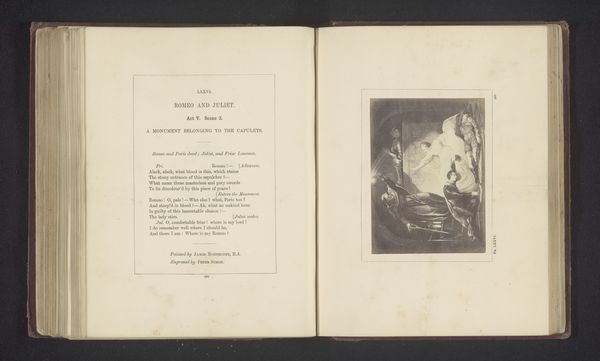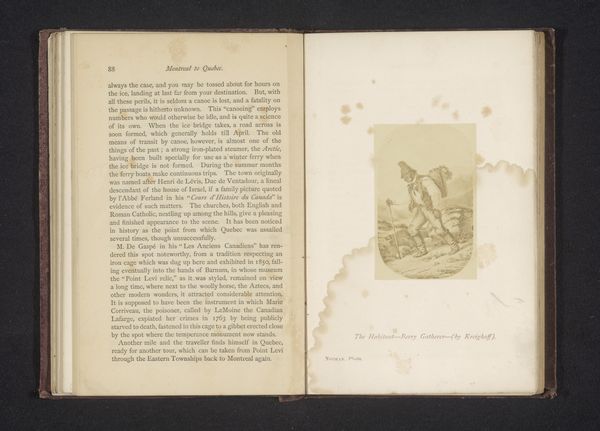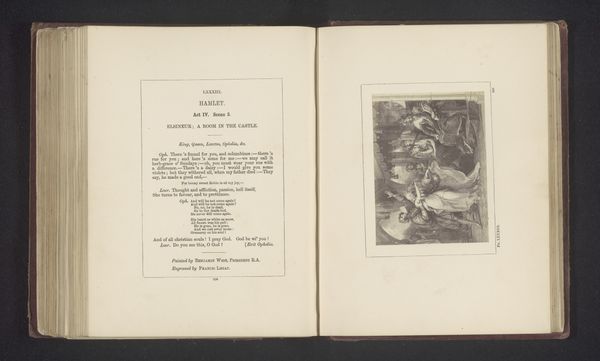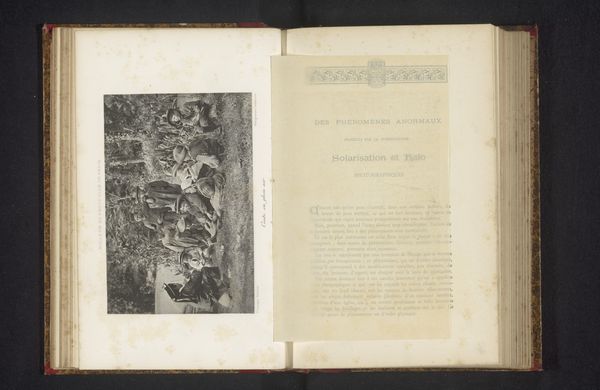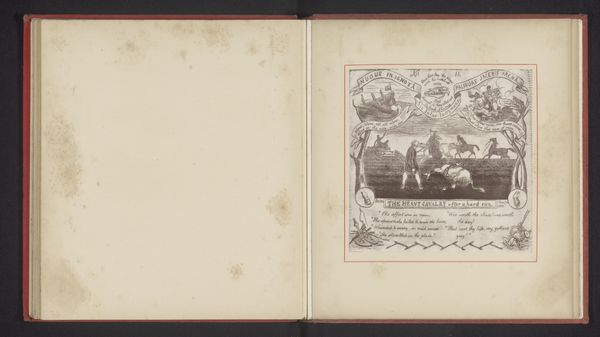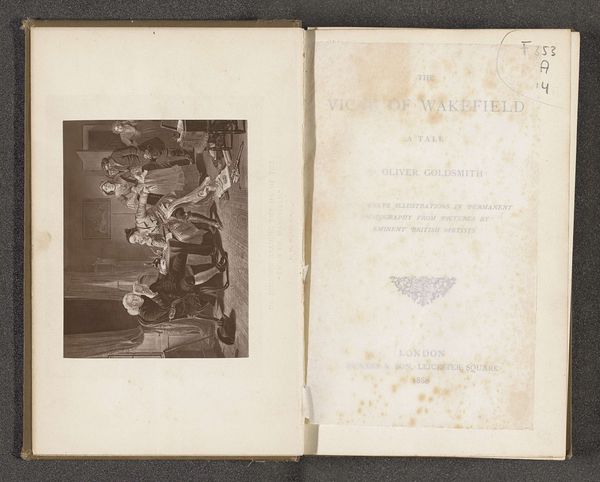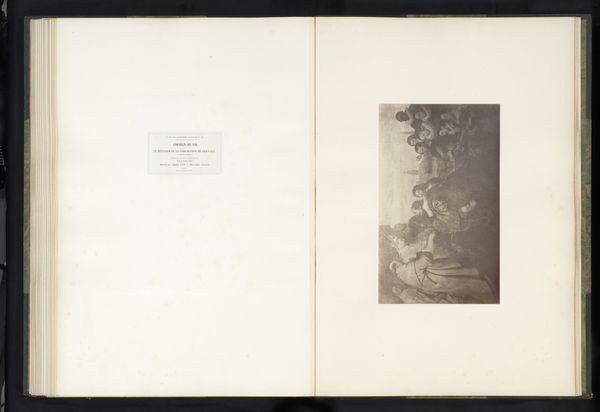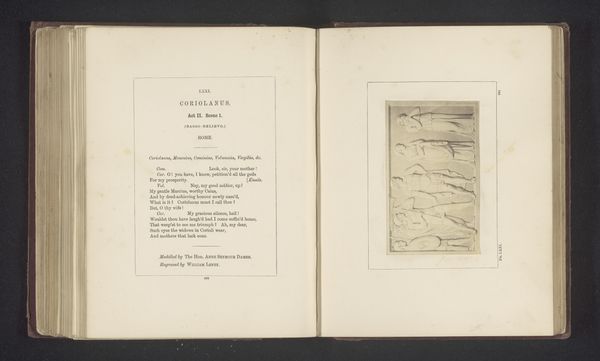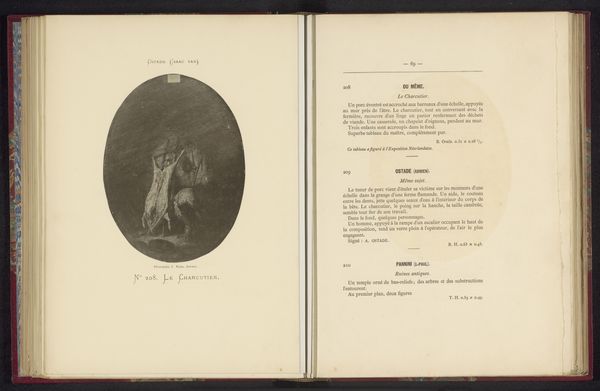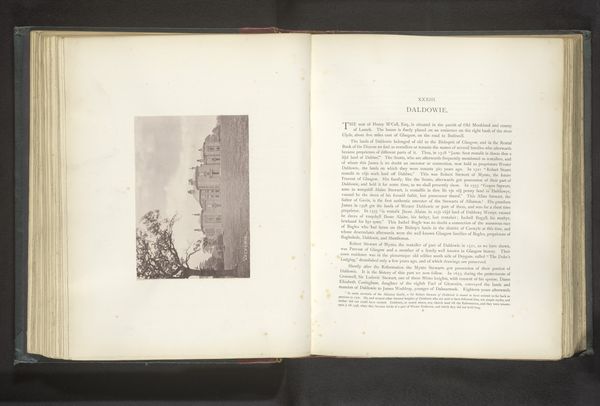
Reproductie van Laatste eerbetoon aan de graven van Egmont en Hornes door Louis Gallait before 1867
0:00
0:00
print, paper, engraving
# print
#
paper
#
genre-painting
#
history-painting
#
engraving
Dimensions: height 127 mm, width 159 mm
Copyright: Rijks Museum: Open Domain
Editor: Here we have a print of Louis Gallait's "Last Honors Rendered to Counts Egmont and Horn by the Archers' Guild of Brussels," dating from before 1867. The scene feels shrouded in shadows, creating a really somber mood. What symbols or historical references jump out at you? Curator: It is compelling how Gallait, through this print, taps into a wellspring of cultural memory surrounding Egmont and Horn. Their execution was a pivotal event in the lead-up to the Dutch Revolt, instantly transforming them into symbols of resistance against oppression. Notice how even in reproduction, the visual language evokes mourning and reverence. Editor: The emphasis on reverence is interesting, because the scene feels almost stage-like, everyone has their pose. How does that relate to the message it's conveying? Curator: Exactly! It isn't just documentation; it's about shaping how this historical moment is *remembered*. The guild members become guardians of the flame, ensuring the legacy of resistance persists. The print acts as a potent carrier of historical narrative and national identity, using very deliberately codified postures and expressions. This visual language becomes part of the larger cultural consciousness. Editor: So it’s almost as if the print itself becomes part of the historical narrative. Curator: Precisely! It serves as both a reminder of the past and a source of inspiration for the future. The image's enduring power lies in its ability to transcend the specific event and speak to broader themes of sacrifice and freedom. Editor: I see how the print works to immortalize the cultural meaning beyond a single event. Thanks! Curator: It highlights how imagery helps preserve and shape understanding across time. It has been enlightening.
Comments
No comments
Be the first to comment and join the conversation on the ultimate creative platform.

